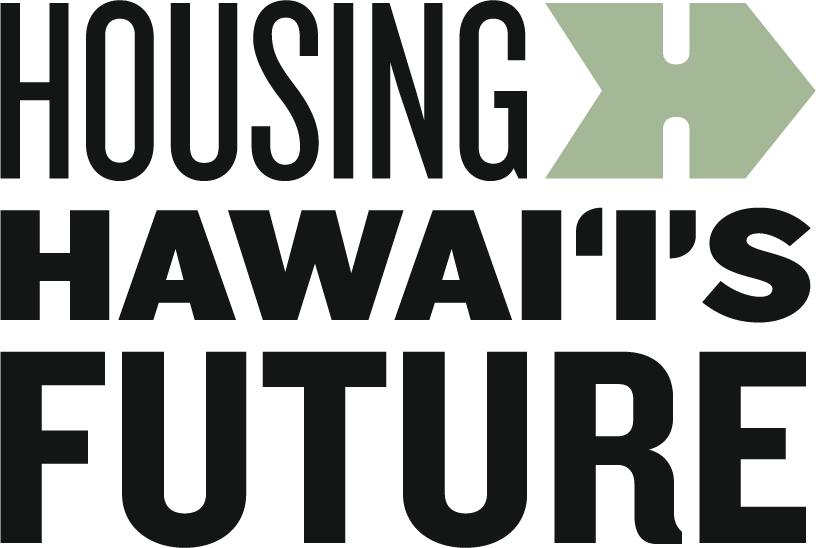Policy Brief #3: Minimum Lot Size
Minimum lot size is a zoning regulation that sets the minimum amount of land required for new development. These requirements vary by county and type of land use in Hawaii. They were invented in the late 1910s to maintain racial segregation in North America. Today, they harm housing affordability, social equality, and environmental sustainability in Hawai‘i.
KEY ISSUES
Racial and Economic Segregation: Minimum lot sizes maintain racial and economic inequality. Areas with larger lot sizes tend to be whiter and wealthier.
Affordability Crisis: Minimum lot sizes add to housing prices because land costs money. Smaller, affordable homes are difficult to build when minimum lot sizes are large. This makes housing unaffordable for first-time buyers, low-income residents, and seniors.
Environmental Impact: Large lot sizes promote greenfield development. They add to urban sprawl and increase dependence on cars.
Multigenerational Living and Seniors: Large lot sizes prevent traditional, multigenerational living arrangements. This causes hardship for community elders (kūpuna) and contradicts Hawaiian culture.
Our takeaway: Reducing minimum lot sizes will create more affordable housing, improve social equity, and increase sustainability.

